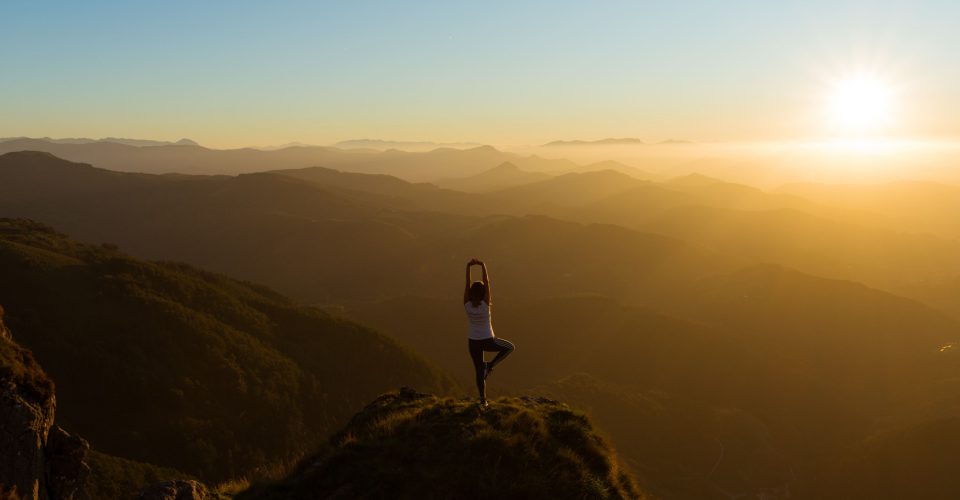Always fancied yoga and you would like to feel the benefits of a few asanas? It might be confusing for the uninitiated, but we’ve compiled different types of yoga practices so you can get the best stretch for you. We’ve looked into several yogi practices to share with you tip top tips that can help you roll out of your mat and start stretching both your body and mind.
The benefits of yoga practice
What makes yoga unique as a practice is that it combines breathing exercises with meditation and physical poses or asanas. With that being said, yoga has a myriad of health benefits, the practice being known for calming the mind, energizing the body and strengthening the muscles.
Furthermore, yoga is beneficial for your health since it can quickly improve your flexibility, strength, help alleviate stress and boost your happiness. Yoga can also help protect your body from arthritis and localized pain. It has also been shown that yoga can reduce the levels of stress hormone cortisol in the body. An increased level of cortisol is known to have a detrimental effect on blood sugar levels, which can lead you craving for sweets and other sugar comfort foods.
Yoga can also clear emotional blockages and balance your mind. When you practice yoga you will be strengthening your mind, you will likely be more prone to stick to your new year wellness resolutions, you will develop greater impulse control and also get a sense of your emotions and how to better deal with them.
Getting started
If you’re struggling with picking the right yoga class, you should start with a class for beginners. In this way you can get familiar with all the basic postures and ensure you learn the correct movements. Hatha yoga is a gentle class which looks at the physical aspects of the yoga poses, rather than, say, chanting. Traditionally hatha encompasses all physical types of yoga but the classes are known for their gentle introduction to key postures and breathing exercises. This is the best type of yoga to start with if you haven’t yet discovered your flexibility but bear in mind that the main challenge might not be a physical one but staying open-minded. As long as you’re on board, you’ll be leaving the class overflowing with energy. The key move in this type of yoga is warrior 2: a very powerful pose in which you engage your entire body. Step your feet a leg’s distance apart, with your right foot pointing forward and the outside edge of your left foot parallel with the extend of the mat. Then extend your arms out to the sides and bend your right leg, ensuring your knee is stacked directly above your ankle. Engage your core, hold it for a few seconds and then switch sides.
After a while, you may be ready to progress to a Vinyasa flow yoga class where postures are built into flowing sequences. In Vinyasa flow participants are encouraged to flow from one pose to another, movement and breath in synchronicity. Classes often focus on a theme, such as hip openers or backends. This is one of the most commonly types of yoga classes you will find in yoga studios.
Ashtanga is a type of yoga which involves a set sequence of asanas. Each one is linked and every movement is either on an inhale or exhale. This type of practice is a bit more rigid and focuses on the following elements: your gaze point or drishti, bandha- specific body locks and pranayama- the breath-to-movement cycle. This is the most hardcore and is associated with multiple key moves including sun salutations, upward dog, downward-facing dog just to mention a few, which leave your body energized and your mind relaxed all while strengthening your muscles.
Kundalini yoga or the yoga of awareness focuses primarily on awakening energy in your spine and is said to harness the powers of the seven chakras or energy centers in order to expand consciousness. It features nostril breathing and chanting. Kundalini yoga is a combination of movement, meditation and mantra. This is a class for the more spiritual but it’s a constant toss-up between, mind and body.
As eager as you might be starting yoga it’s important to understand that headstands may not be in the menu for a little while. You should always ask your instructor if you are able and ready to move up into the next level of class and don’t forget to hydrate with natural mineral water before and after the class. Are you ready to reap the multiple benefits of yoga such as clearing the mind, energizing the body and boosting your happiness?






